8. Dead Man (1995)
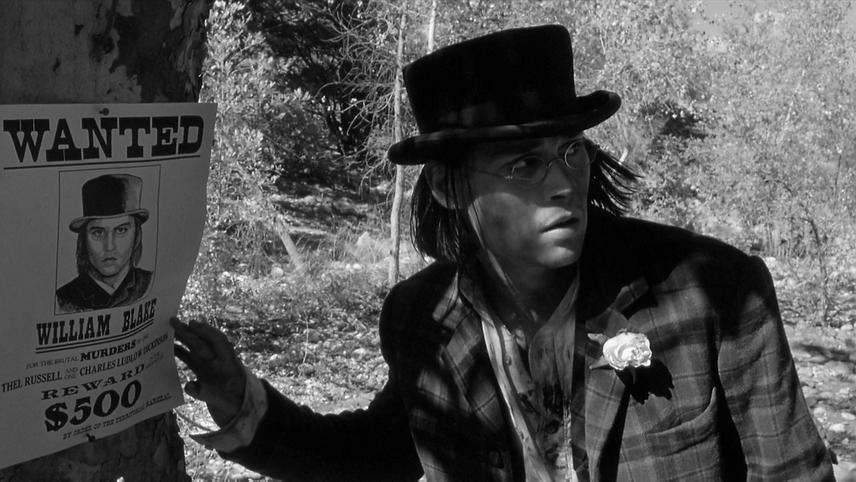
According to author and film critic J. Hoberman, “[Dead Man] is the Western Andrei Tarkovsky always wanted to make,” and considering the existential, post-modernist, and apocalyptic statements issued in Jim Jarmusch’s film, Hoberman speaks truth.
Using his signature minimalist and informed style, Jarmusch cast Johnny Depp in the title role as William Blake, a visitor to the Western frontier who sadly isn’t long for this earth. Depp’s William Blake is a deliberate literary allusion to the 18th century poet—a repeated reference is that Blake’s poetry exists in the bullets of his gun—and Dead Man cascades such suggestion.
It’s as if the film couldn’t exist in a post-Blood Meridian, post-Place of Dead Roads universe (artful Revisionist Western novels of great weight by Cormac McCarthy and William Burroughs, respectively).
Reluctantly partnered up with a Native American named Nobody (Gary Farmer), a Virgil to Depp’s Dante, they embark on a funerary dirge that won’t end in their favor.
Dead Man offers an inspired list of crazy cameos (including Billy Bob Thornton, Crispin Glover, Robert Mitchum, and Iggy Pop), a riveting score by Neil Young, and more perversely, an unconventionally damnable treatment of capitalism, genocidal racism, and frontier violence. The darkest, most shocking film in Jarmusch’s oeuvre, it’s also his most far-reaching.
7. Army of Darkness (1992)
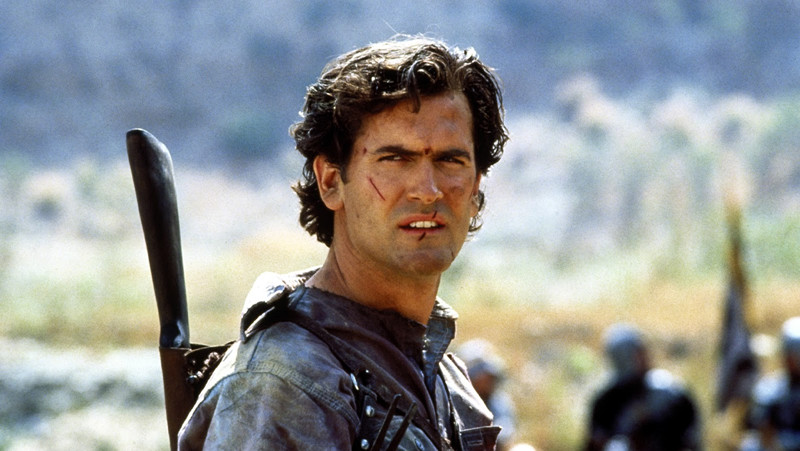
The third film in Sam Raimi’s gleefully self-indulgent Evil Dead trilogy (which is also awesomely continuing in the popular TV series Ash Vs the Evil Dead, soon set to air its third season) stars Bruce Campbell as Ash, the character who has become a cult horror icon, and one whose blithe, OTT rejoinders — “Gimme some sugar, baby!” — are irresistible to all but the most uptight of cinema goer.
Travelling through time by dint of a rift in space-time caused by the cursed text, the Necronomicon Ex-Mortis, Ash finds himself in the Middle Ages, amidst a gullible Medieval village, tormented by a race of undead beasties called Deadites. While recklessly questing to find a way back to his time, Ash runs afoul a series of trials meant to test his fortitude and a destructive doppelgänger, Evil Ash, is reared.
The tongue-in-cheek yet thoroughly blood-soaked adventures that accrue offer imminently quotable quips, hilarious set-pieces, old-fashioned Ray Harryhausen-style stop motion homages to many of Raimi’s favorite films of yore, heaps of gore, Three Stooges tributes, and inventive old formula fun. It’s not for everyone, fair enough, but it’s the sort of film that acquires devoted, ardent, and enthusiastic fans.
6. Ringu (1998)
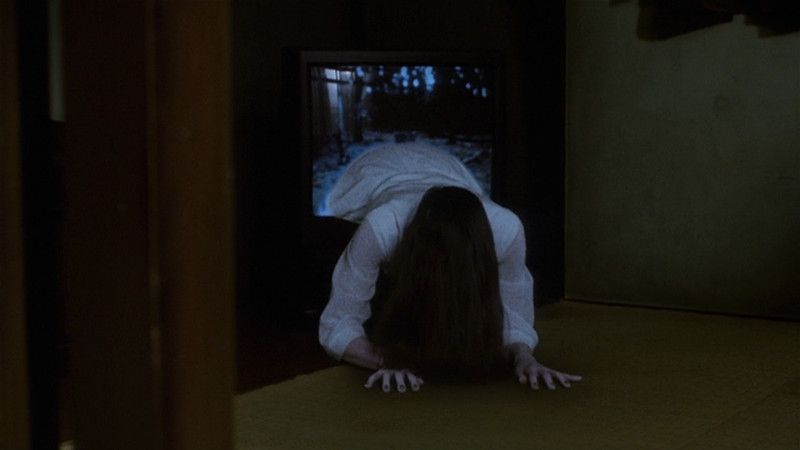
J-Horror got a jumpstart in a major way from director Hideo Nakata’s cinematic adaptation of Kôji Suzuki’s 1991 mystery novel of the same name, Ringu. Both the novel and film draw from the Japanese folktale Banchō Sarayashiki, here updated for modern audiences as it hones in on a reporter, Reiko Asakawa (Nanako Matsushima), who is investigating the mystery behind a cursed videotape that kills the viewer 7 days after watching it.
Having ill-advisedly watched the tape herself, Reiko has to get to the murky bottom of things, and the video’s origin, in order to break the sinister spell and the hostile cycle of murder and mayhem along with it.
An enormous box-office hit in Japan, Ringu was released simultaneously there with its sequel, Rasen (directed by Jōji Iida), and both met audience and critical acclaim, spawning an extremely profitable franchise, scores of imitators, as well as a trend of Western remakes of J-Horror films (2002’s The Ring being the originator).
With its combination of the supernatural, millennial angst, modern technology anxiety, and ample overuse of jump scares, Ringu’s restrained and stylish approach paid rich dividends and gave the old fashioned ghost story a contemporary kick.
5. Fight Club (1999)
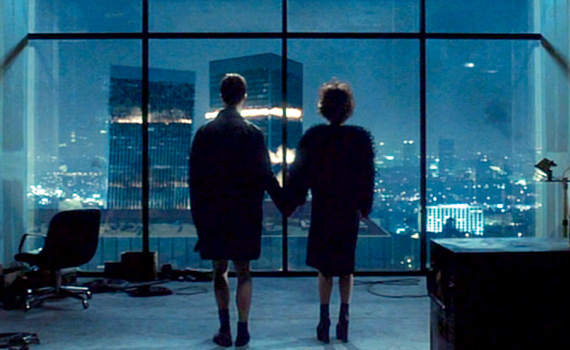
Chuck Palahniuk’s 1996 novel “Fight Club” lends itself incredibly well to the big screen treatment as envisioned by director David Fincher. One of 1999’s most discussed and controversial films, it’s still pretty surprising today, nearly twenty years on, to consider that it was a box office flop considering the pop cult status it has accrued in the years since. Huh. Go figure, right?
Edward Norton is the unnamed narrator and central figure, a depressed insomniac whose life is changed when he meets the charismatic soap salesman, Tyler Durden (Brad Pitt). Soon the two men are living together in a dilapidated house after his IKEA-adorned apartment inexplicably blows up.
It’s not long before the two men form a cult-like underground fight club with very strict rules (“The first rule of Fight Club is: You do not talk about Fight Club…”). Their strange and influential partnership isn’t without its snags and repercussions, especially when Helena Bonham Carter’s scene-stealing troublemaker Marla enters the fray.
As the famed British daily The Times so succinctly put it, Fight Club “touched a nerve in the male psyche that was debated in newspapers across the world.” In the years since the film has amassed more and more admirers, been adapted into popular video games, influenced scores of films, and scenes, songs, and dialogue has entered the pop cult canon with alacrity.
4. Twin Peaks: Fire Walk With Me (1992)
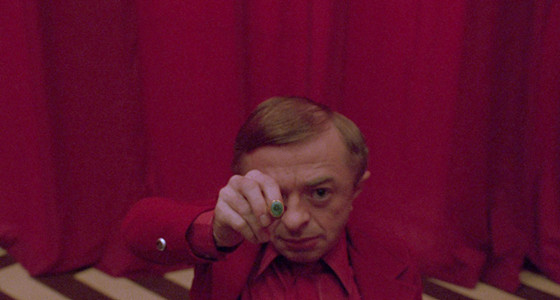
David Lynch is certainly no stranger to exposing the darkness belying the underbelly of small town America, and this is exemplified and epitomized both in his groundbreaking neo-noir mystery film Blue Velvet (1986), and his iconic 1990s TV series Twin Peaks.
Morally ambiguous and deliberately arthouse, Fire Walk With Me appeared in multiplexes a year after the Twin Peaks TV series was unceremoniously sacked (thankfully resurrected in 2017), and fans hoped it would shed light on the cryptic and confusing series finale – itself a small-scale masterpiece of expectation subversion – the film was, for better or worse, a hallucinatory and amusing mindfuck.
Lynch, with his uncanny talent for sidestepping easy categorization makes challenging, adult-oriented cinema, Fire Walk With Me, which was critically derided and outraged fans of the TV show, has, thankfully, in recent years been reassessed and rightly recognized.
And while it didn’t pick up where the series ended, it’s a kinda sorta prequel that details both FBI Special Agent Chester Desmond’s (Chris Isaak), and Agent Sam Stanley’s (Kiefer Sutherland) murder investigation of Teresa Banks (Pamela Gidley), pre-dating the Twin Peaks murder mystery slant, as well as the days leading up to Laura Palmer’s (Sheryl Lee) disappearance and death.
Made complete with standout performances – Ray Wise is terrific, as is David Bowie in a small role, and Kyle McLachlan’s Special Agent Dale Cooper is a customary cult icon – an atypically haunting Angelo Badalamenti score, and a formalistic and denotative directorial style. Mental misery is given a masterclass, and the whispered line, “he’s under the fan now” is pure nightmare fuel.
3. The Nightmare Before Christmas (1993)
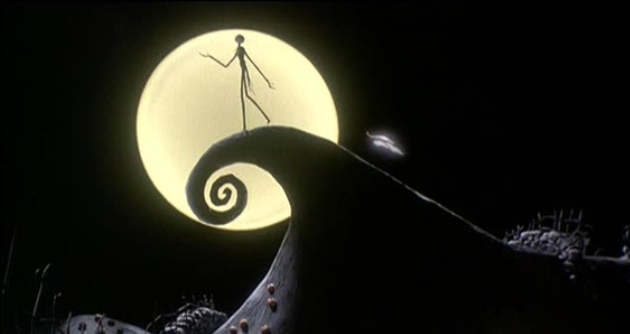
Director Henry Selick is often overlooked and overshadowed by Tim Burton when people look back on this musical stop-motion marvel. True, The Nightmare Before Christmas was produced and based off of a story and characters that came directly from Burton, but Selick had been excelling as an animation and stop-motion whiz for some time before signing on to bring the denizens of Halloweentown to life (he’d done several projects with Disney, freelanced on his own, and collaborated with Maurice Sendak as well as nailing a brilliant animated MTV pilot called Slow Bob in the Lower Dimensions prior to his leap into the Burtonverse).
Danny Elfman also gets accolades as he wrote the songs and the unforgettable score (and provided the singing voice of Jack) in one of the best animated movies this side of Disney. Actually, what few people in 1993 realized was that Nightmare was a Disney film, but the Mouseketeers decided to release the film through its Touchstone Pictures banner, primarily because the Mouse believed the movie to be “too dark and scary for kids”. Pfft!
All that said, Burton’s touch is in abundance in this strange and sensational tale of Jack Skellington, Halloweentown’s beloved pumpkin king who plots to take Christmas off of Santa Claus’s hands and reinvent the holiday for his beloved and bored townies. There’s an abundance of creepy, charming, oddly cute, and often cruel characters (Oogie Boogie is especially indelible).
The Nightmare Before Christmas cult continues to thrive as there seems to be an endless stream of board, card, and video games, not to mention action figures, model kits, t-shirts, pajamas, plush dolls, you name it. “Nice work, Bone Daddy!”
2. Dazed and Confused (1993)
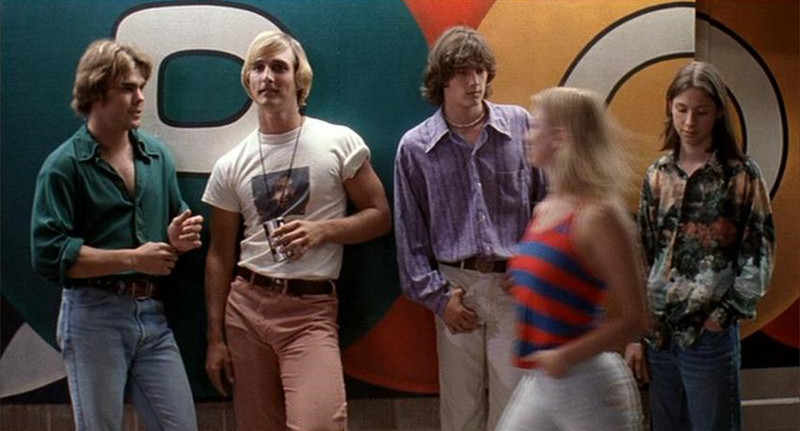
While American auteur Richard Linklater had already started to carve a considerable name for himself and a cult following via his influential film Slacker (1991) , it’s his coming-of-age comedy Dazed and Confused that found his most appreciative admirers, especially if, like me, you were a teenager at the time of its release.
Set on the last day of school in 1976 in Austin, Texas, Dazed and Confused is a multi-protagonist picture that features a wide-ranging and very impressive cast of young stars that were almost all virtual unknowns at the time.
Joey Lauren Adams, Ben Affleck, Rory Cochrane, Adam Goldberg, Cole Hauser, Milla Jovovich, Jason London, Parker Posey, Nicky Katt, and scenery chewing (and scene stealing) Matthew McConaughey are among the fresh faces as the graduating class of Lee High School haunt pool halls, parking lots and keg parties ready to usher in an exciting summer.
Pivoting on star football player Randall “Pink” Floyd (London) ill-advised promise to abstain from partying all summer long to focus on the championship game as well as the unsavory hazing practices that seniors instigate on incoming freshman, much of the draw of Dazed and Confused comes from familiarity and nostalgia of being young and chasing desire, with a little booze and marijuana indulgence tossed in for added vim.
To anyone who ever wanted to fit in, be cool, find young love, listen to meaningful music with friends, and enjoy being a kid one last time before adult responsibilities came crowding in, this film is for you.
1. The Big Lebowski (1998)
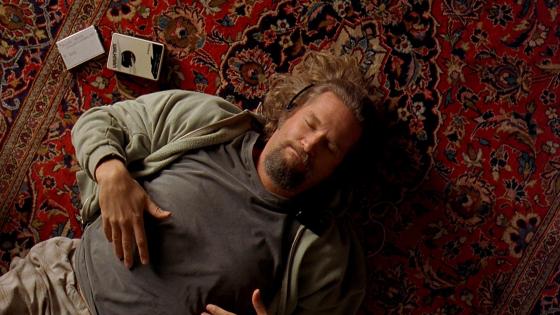
“I’m the Dude, so that’s what you call me. You know, that or, His Dudeness, or Duder, or El Duderino, if you’re not into the whole brevity thing,” explains the titular unemployed layabout, in the Coen brother’s most idiosyncratic and outright enjoyable shaggy-dog misadventure.
As the Dude in question, Jeff Bridges will be forever identified as the personable pothead, who’s Raymond Chandler-inspired exploration to nowhere (The Big Lebowski rubric is a reference to his 1939 novel “The Big Sleep”) has spawned one of the most fervid fanbases around, and it’s easy to see why.
The eccentric characters that the Dude encounters –– the brilliantly inspired cast includes Steve Buscemi, Flea, John Goodman, Philip Seymour Hoffman, Julianne Moore, John Turturro, and many more –– in vignette fashion across L.A. and environs, pay careful homage to film noir conventions, along with the witty repartee, dangerous dealings, and unconventional, almost stream of logic maneuverings, making for a verifiable comedic masterwork.
While Lebowski Fest occurs in cities across North America, alongside regular screenings the world over where attendees dress as their favorite characters, spout quick-fire exchanges (“I had a rough night and I hate the fucking Eagles, man”), sip White Russians, and identify 100% with the film’s fragmented narrative. Maybe Lebowski isn’t for everyone, like, people with no sense of humor maybe, but don’t harsh the mellow if it’s not, “because, like, that’s just your opinion, man.”
Honorable Mention:
Limiting this list to 25 films spanning a decade bustling with great cult films was no easy task so here’s a short list of secondary titles also amongst the best of the 1990s:
Edward Scissorhands (1990, directed by Tim Burton), Delicatessen (1991, Jean-Pierre Jeunet and Marc Caro), Slacker (1991, directed by Richard Linklater), Frankenhooker (1990, directed by Frank Henenlotter), The City of Lost Children (1994, Jean-Pierre Jeunet and Marc Caro), The Adventures of Priscilla, Queen of the Desert (1994, directed by Stephen Elliot), Showgirls (1995, directed by Paul Verhoeven), Crash (1996, directed by David Cronenberg), The Craft (1996, directed by Andrew Fleming), Lost Highway (1997, directed by David Lynch), Twilight of the Ice Nymphs (1997, directed by Guy Maddin), Buffalo ‘66 (1998, directed by Vincent Gallo), Jawbreaker (1999, directed by Darren Stein).
Author Bio: Shane Scott-Travis is a film critic, screenwriter, comic book author/illustrator and cineaste. Currently residing in Vancouver, Canada, Shane can often be found at the cinema, the dog park, or off in a corner someplace, paraphrasing Groucho Marx. Follow Shane on Twitter @ShaneScottravis.